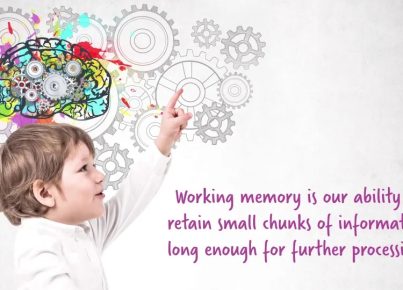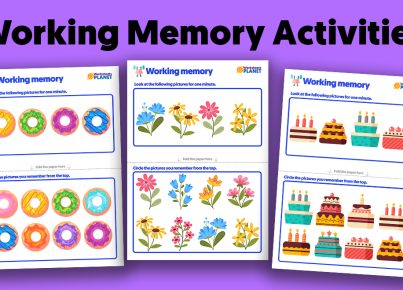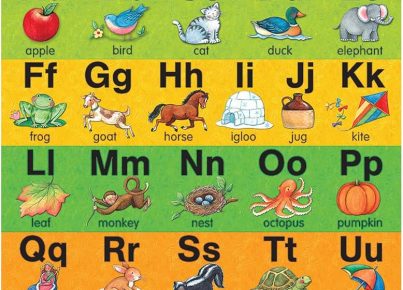This is the belief in the existence of an object even when it is not in sight. Object permanence describes a kid’s ability to understand that objects continue to exist even if they can no longer be heard or seen. When an item is hidden from sight, infants below a particular age often become upset that the object has vanished. This is because they’re too young to comprehend that the item continues to exist even if it cannot be seen.
The concept of object permanence plays a crucial role in psychologist Jean Piaget’s theory of cognitive development. In the development’s sensorimotor stage, Piaget suggested that kids understand the world via their motor abilities like vision, touch, movement, and taste. Babies are extremely egocentric during early infancy. They don’t know that the world exists separate from their experiences and points of view.
Infants have to develop an object’s mental representation to comprehend that items continue to exist even when they’re unseen. According to Piaget, these mental images are schemas. A schema refers to a category of comprehension about something in the world. As the kids grow older and have more experiences, their schemas will become much more complex and multiply. Through the processes of accommodation and assimilation, kids expand their existing mental categories, develop new categories, and even fully modify their current schemas.
According to Piaget, six sub-stages happen during the development’s sensorimotor stage. These include:
Reflexes: Infants primarily use reflexes to explore and understand the world during the sensorimotor stage’s earliest part. Reflexive responses like sucking, startling, and rooting are how infants interact with their environment.
Development of new schemas: Then, primary circular reactions result in the development of new schemas. An infant may accidentally suck on the thumb and realize it’s enjoyable. The baby will repeat the action as he/she finds it pleasurable.
Intentional actions: Around the age of four to eight months, babies start paying much more attention to the world surrounding them. They’ll even perform actions to generate a response.
Greater exploration: Intentional actions become much more visible between eight and twelve months. Babies will shake toys to generate sound, and their responses become more coordinated and cohesive.
Trial and error: Tertiary circular reactions become prominent during the fifth stage. Infants may begin performing actions to receive attention from others.
Emergence of object permanence: According to Piaget, representational thought starts to emerge between eighteen and twenty-four months. At this stage, kids can form objects’ mental representations. They can now understand object permanence by symbolically imagining objects that cannot be seen.




